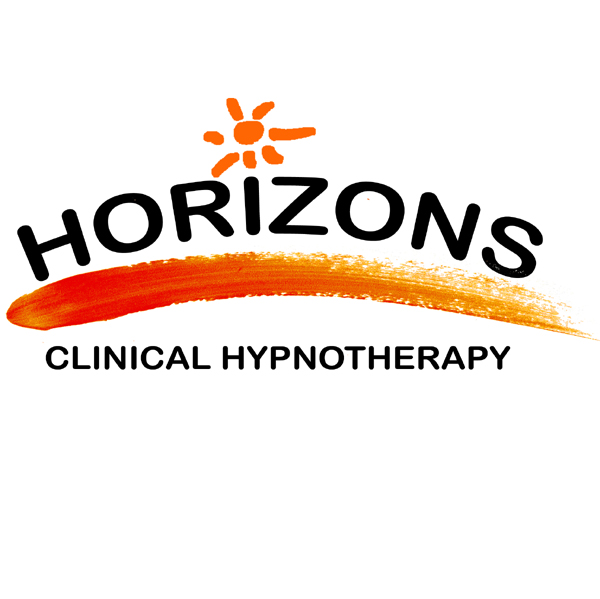A lot of therapists talk about how easy it to heal PTSD, or posttraumatic stress disorder, with a few simple hypnosis and NLP (neuro linguistic programming) techniques. Sometimes they use other techniques with different labels, such as holographic healing or rapid transformation therapy, but essentially they all share a commonality in their processes with hypnosis and NLP.
The truth its that it’s not easy to heal PTSD. PTSD can come from multiple events or fewer, larger events, or even one major event. PTSD can be literally horrific, stemming from horrific experiences, and sometimes chipping away at that underlying panic response that has been hard wired into the nervous system is the best you can do. But at the same time, hypnosis and NLP does make a difference and is definitely worth doing. But it is not a magic pill and it is not instant, barring a few cases.
Cameron’s Wish to Heal PTSD
Cameron was almost 50 years old. In his 20’s he fought in the army and witnessed mass burnings of innocent people; wounds of all kinds inflicted onto women and children; the deaths of hundreds at a time, caused by troops from both sides of the lines. He witnessed atrocious imagery which would never leave his mind. For his part, he was just doing his job.
Twenty five years later and Cameron was still reliving these scenes. It had driven him to drug abuse. Cameron desperately needed to escape himself. At the same time, drinking and smoking cannabis reminded him of the good times with mates and his old army buddies. So in effect, substance abuse was helping Cameron to self-sooth as well as reconnect in a social way. To add to the suite of benefits this substance abuse held, Cameron’s father was also a dope smoker, and Cameron grew up witnessing that this is how his dad dealt with stress. No wonder Cameron couldn’t stop.
When I first met Cameron, he just wanted to stop smoking dope. He never mentioned the PTSD as something he wanted me to look at. For him, substance abuse was ruining his life. He tried to hide it from everyone so that they couldn’t see how dependent he had become on it. It ruled him.
I asked Cameron about that underlying feeling that propelled him to keep smoking dope. He said he was scared for his life. Dope calmed him. There was no question, we had to look at how to heal PTSD.
Regressing the feeling of panic
It made sense that is Cameron no longer felt that panic, he would no longer need to self-sooth. He may still want to smoke for social reasons or as a way of dealing with stress, thanks to his history with his army buddies and his father, but they required a different approach and we addresses those too. In this section i only want to discuss how to heal PTSD.
Through the regression we did, I asked Cameron to think of times in his life when he felt certainty, that he would make it, or that things would go his way. He told me he was certain he’s win a running race he entered, and he did. He was certain he’d get that job with his uncle, and he did. I also asked him to tell me of two times when he felt really calm. He told me about his dog Sunny, and he told me about the first year following his marriage.
Now I had some meaningful resources that we could use to help Cameron through that dark part of his past – the army years. As we did the regression work, I asked Cameron to imagine he was coming through that time with his new bride and his dog, with all of that calm that he felt, then. There are techniques I use to make this more effective, but you get he idea. Next I asked him to come through that event with all of that certainty that he’d make it, and that he’d be ok, just like the certainty he had when he ran that race and when he won that job with his uncle.
When we overlay positive, lived experience on top of a difficult memory or period of time, it deliberately confuses the unconscious mind so that the unconscious can begin to let go of the trauma. But this was not a massive shift, only baby steps.
Next we did a trauma technique to heal PTSD that involves rewinding the story in a particular way to dissociate from its impacts. When we completed this part of the session, Cameron’s panic went from a 10 down to an eight. The goal is a rating of 3, so we had a way to go to heal PTSD.
But this is how it went, bit by bit, and sometimes this is the best way because the unconscious mind needs time to acknowledge and accept the changes taking place. After decades of running the same program, it makes sense that it will take a consistent approach to change that old pattern.
There are several other techniques I used with Cameron to dissociate him from those horror years and help him to allow himself to feel calm.
If you would like assistance with how to heal PTSD, we can help. Horizons Clinical Hypnotherapy Sunshine Coast.

